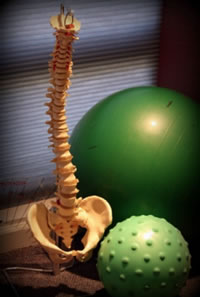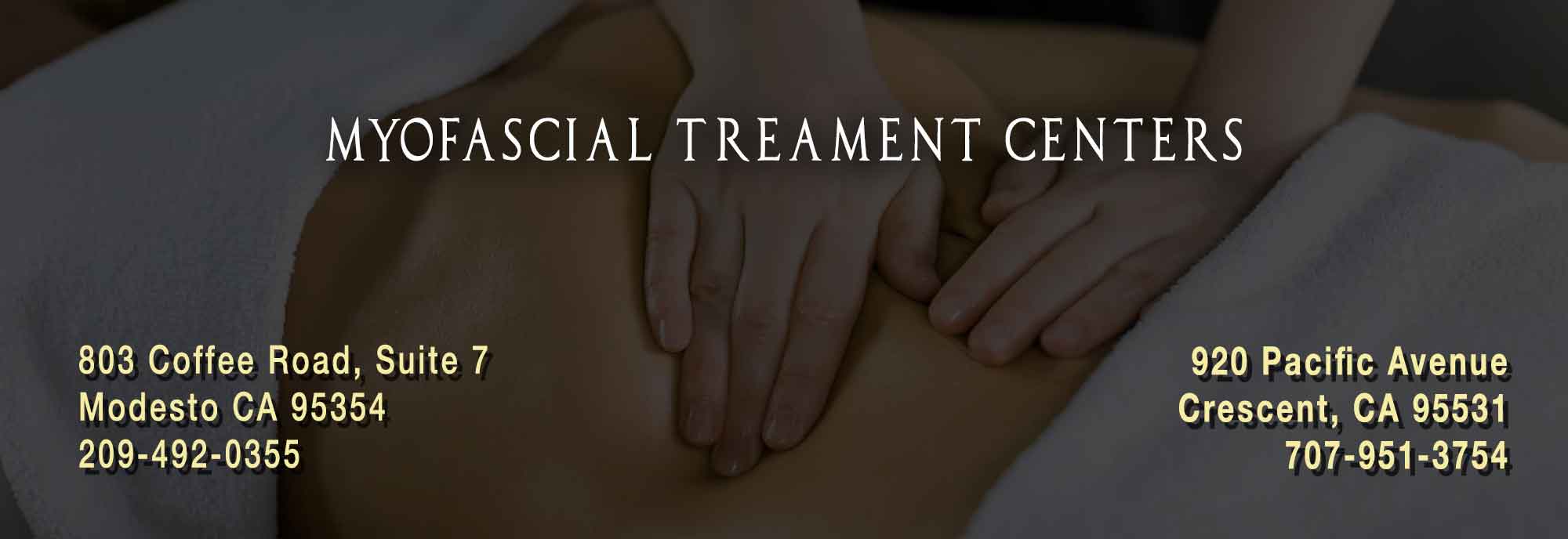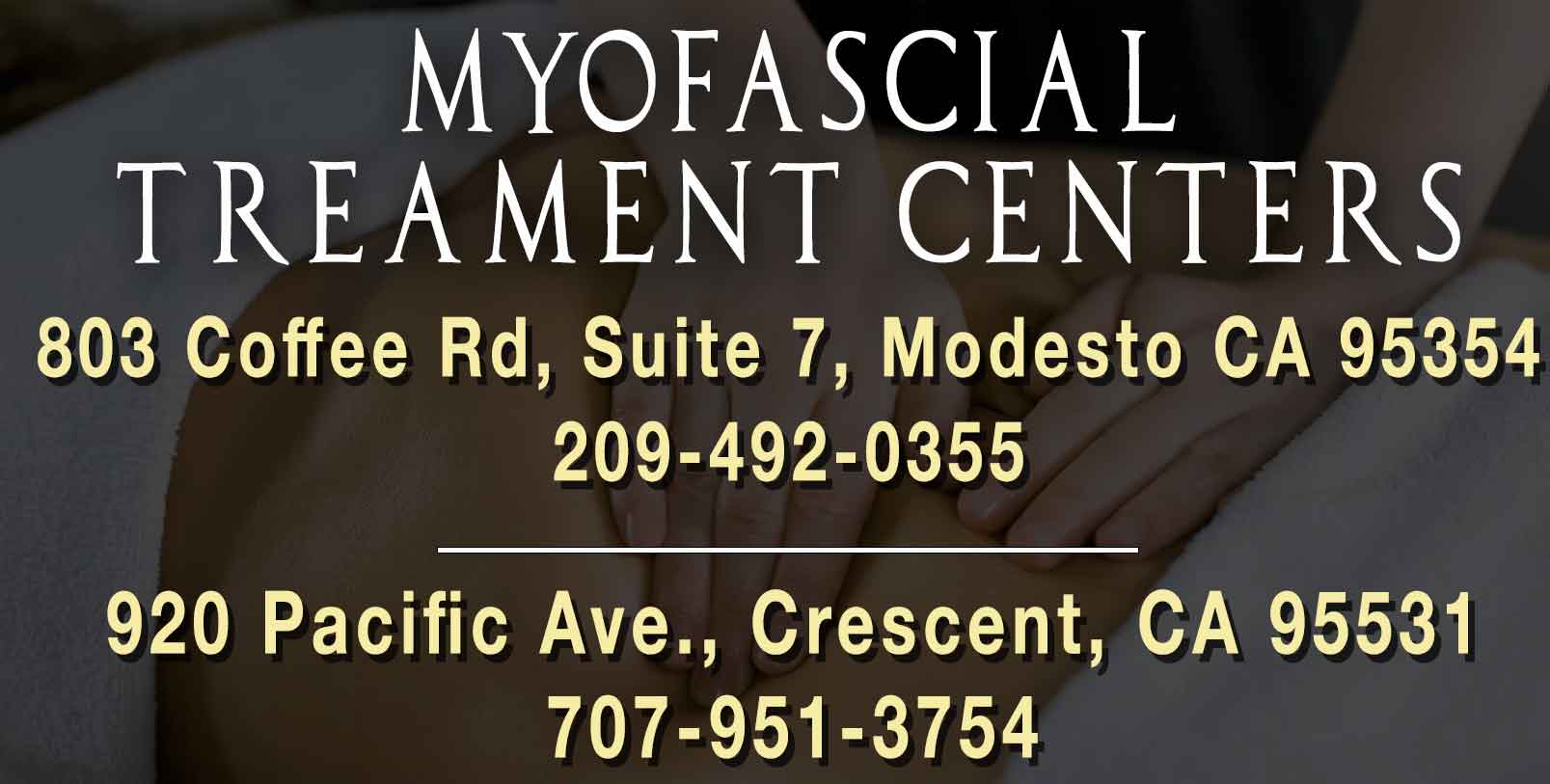 Over the years people with Fibromyalgia have been seeking help with not only pain management but a therapy that can bring function as well as pain relief from the symptoms of Fibromyalgia. There are a number of therapies available to Fibromyalgia patients. Each patient may respond differently to these therapies or modalities. I have often asked myself what my life would be like if I suffered from Fibromyalgia, I can’t fully understand what these patients go through on a daily basis. They have shared with me how some professionals question whether they are sick at all. It has even been inferred that this pain or these Fibromyalgia symptoms are all in their head. I am a firm believer that the brain does not make up pain. If the body has pain there is a reason for it. It is important to understand that Fibromyalgia is real. It is also important to know that there are many therapies available to those who suffer with Fibromyalgia that can restore quantity and quality of life.
Over the years people with Fibromyalgia have been seeking help with not only pain management but a therapy that can bring function as well as pain relief from the symptoms of Fibromyalgia. There are a number of therapies available to Fibromyalgia patients. Each patient may respond differently to these therapies or modalities. I have often asked myself what my life would be like if I suffered from Fibromyalgia, I can’t fully understand what these patients go through on a daily basis. They have shared with me how some professionals question whether they are sick at all. It has even been inferred that this pain or these Fibromyalgia symptoms are all in their head. I am a firm believer that the brain does not make up pain. If the body has pain there is a reason for it. It is important to understand that Fibromyalgia is real. It is also important to know that there are many therapies available to those who suffer with Fibromyalgia that can restore quantity and quality of life.
What is Fibromyalgia? Fibromyalgia is characterized by multiple physical symptoms.
Fibromyalgia symptoms include widespread pain in the muscles or where muscles
attach to the bones, the Myofascial structure, particularly in the extremities and isolated
pain in and around the organs. Other symptoms include but are not limited to muscle
stiffness, fatigue, sleep disturbance, mood disruption (depression) and most important
of all, the disruption of daily activities. For many who deal with Fibromyalgia, Chronic
Fatigue Syndrome may also be a subset of their condition.
Fibromyalgia has been treated a number of ways over the past fifty to sixty years.
Unfortunately there are still many health care professionals in our country that have
trouble recognizing Fibromyalgia as a viable condition. It breaks my heart when patients
tell me about their experiences with some of their practitioners. I am often reminded of
an episode of the *“Golden Girls” where Bea Authors character discovers, through the
help of a very fine Doctor, that she has Chronic Fatigue Syndrome. Later she sees a
Doctor she went to previously who basically told her it was all in her head. She shares
with this Doctor her feelings at being dismissed by him. His inference that she was just
getting older and maybe she should see a physiologist. This caused her great pain. It’s a
very touching scene, if you ever have the opportunity to see it please do. Other medical
professionals feel the best way to treat Fibromyalgia is by using multiple medications for
depression, muscle spasm and generalized pain without the use of adjunct therapies. In
my opinion there are multiple ways of treating Fibromyalgia. Some medications can be
very helpful in conjunction with hands on therapies. Certain changes in diet with the
addition of exercise can be very helpful.
Myofascial Release as a treatment modality is a very effective way of treating
Fibromyalgia. I’m not going to tell you that Myofascial Release is the answer to all of
one’s medical problems or that everyone with Fibromyalgia will benefit from Myofascial
Release but I have seen this modality change the lives of those who suffer from chronic
pain and Fibromyalgia.
Myofascial Release is a very effective hands-on technique that provides sustained
pressure into myofascial restrictions to eliminate pain and restore motion. To
understand what Myofascial Release is and why it works, you need to know what fascia
is. Fascia is a thin tissue that surrounds all the organs of the body, it surrounds every
muscle every muscle fiber down to the microcellular level. It is actually one structure
that exists from head to foot without disconnection. With trauma, poor posture,
repetitive motion trauma the Myofascial structure moves in to dysfunction. Fascial
dysfunction is described as a tightening of the Myofascial tissue around the muscles, the
neurological structure and the organs of the body. These restrictions can put up to 2000
pounds per square inch on any given part of the body. With these kinds of restrictions a
Fibromyalgia patient may also notice other symptoms such as burning in the skin or in
the extremities an achy, sharp pain involving the chest and or cervical spine.
Myofascial Release treats these restricted bands in the muscle and fascial system by
releasing the uneven tightness in injured or restricted fascia. Even if you do not have
Fibromyalgia or Chronic Myofascial Pain, you can still benefit greatly from this therapy.
Patients report increased range of motion and circulation with Myofascial Release. Pain
levels are reduced and overall symptoms continue to improve and in a lot of cases go
completely away.
In summary: Patients don’t have to suffer with the pain and dysfunction of Fibromyalgia.
This condition can be managed and managed well.
*Golden Girls episode 104 “Sick and Tired”

